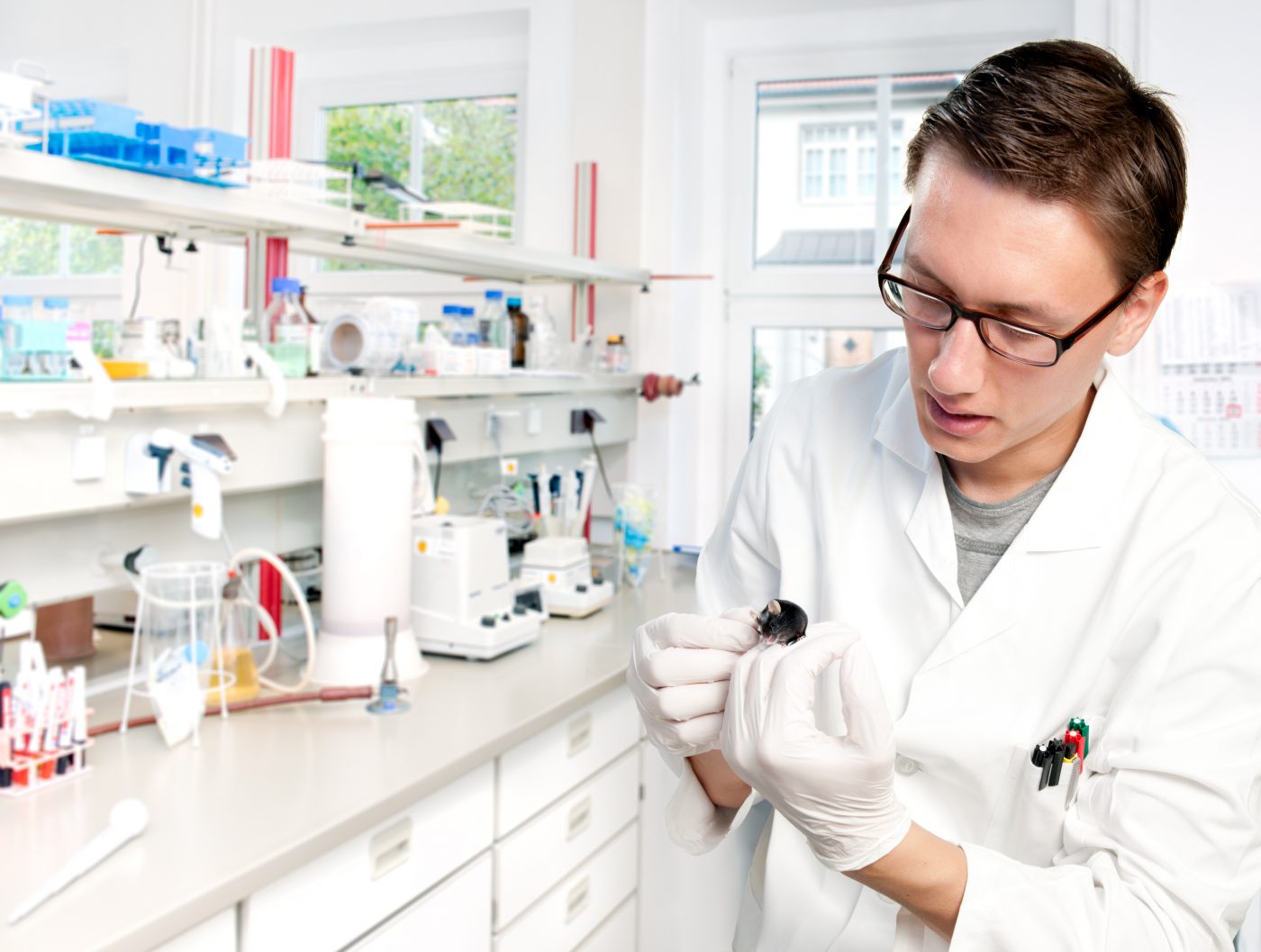Ouabain Treatment Reduces Idiopathic Pulmonary Fibrosis Symptoms in Mice
Written by |

A plant-derived compound called ouabain is a potential treatment for idiopathic pulmonary fibrosis (IPF), according to a recent study. Treatment with ouabain — more commonly used to treat certain heart conditions — alleviated IPF-related symptoms in mice.
The study, “Ouabain ameliorates bleomycin induced pulmonary fibrosis by inhibiting proliferation and promoting apoptosis of lung fibroblasts” was published in the American Journal of Translational Research.
IPF is characterized by an accumulation of fibroblasts (cells that help make connective tissue) and their subsequent production of extracellular matrix (the non-cellular portion of tissue) in the lungs. This is followed by damage to the alveoli and the formation of thickened lung tissue (scar tissue). But the exact mechanisms behind IPF development are poorly understood, and treatment options are limited.
Studies have shown that ouabain is able to suppress lung fibroblast activation in vitro (in laboratory conditions) by inhibiting components of the TGFβ signaling pathway, known to play a key role in pulmonary fibrosis. Now, researchers investigated the potential effect of ouabain on pulmonary fibrosis in mice and how it affects lung fibroblast proliferation.
To induce pulmonary fibrosis, researchers first administered bleomycin to the lungs of mice, causing weight loss, alveolar damage, and other symptoms related to IPF. Among these were an increased accumulation of fibroblasts and immune cell infiltration in the lungs.
Ouabain treatment was then started five days after bleomycin, and administered for one week.
Results showed that mice treated with ouabain experienced an improvement of bleomycin-induced features compared to the non-treated controls, namely a reduction in fibroblast and immune cell accumulation.
Administration of ouabain also resulted in decreased gene and protein expression of collagen I, α-SMA, and fibronectin, which are proteins related to fibroblast accumulation and the formation of scar tissue (fibrosis).
Importantly, ouabain-treated mice had a lower degree of pulmonary fibrosis compared to non-treated mice.
To confirm whether the reduced fibroblast accumulation seen upon ouabain treatment was due to cell death, the team analyzed lung fibroblast cell lines in vitro. Data showed that treatment with ouabain resulted in reduced cell growth and increased cell death of fibroblasts compared to non-treated cells, suggesting that ouabain inhibits the proliferation and promotes the death of lung fibroblasts.
The researchers also noted that ouabain had a narrow therapeutic window, making it hard to dose. They saw that higher concentrations than those used in the study (0.6 mg/kg) were lethal to mice, while lower concentrations gave an unsatisfactory therapeutic effect. The team therefore emphasized that further investigation on the compound is needed before testing it in patients.
Researchers concluded that “ouabain might be a promising novel treatment for pulmonary fibrosis,” but that “further investigation is needed to evaluate the anti-fibrotic mechanisms of ouabain in animal model and its clinical applications.”






